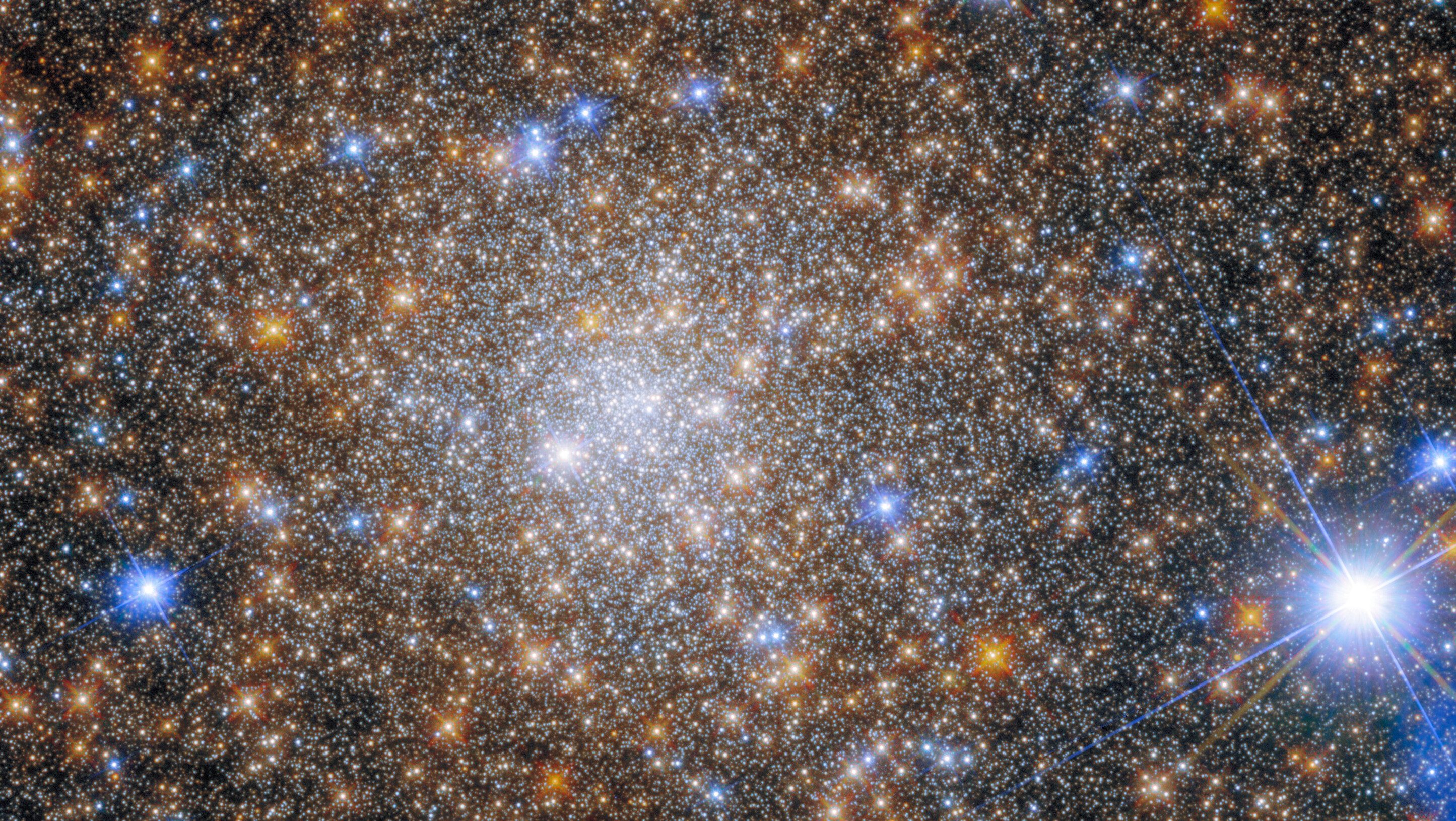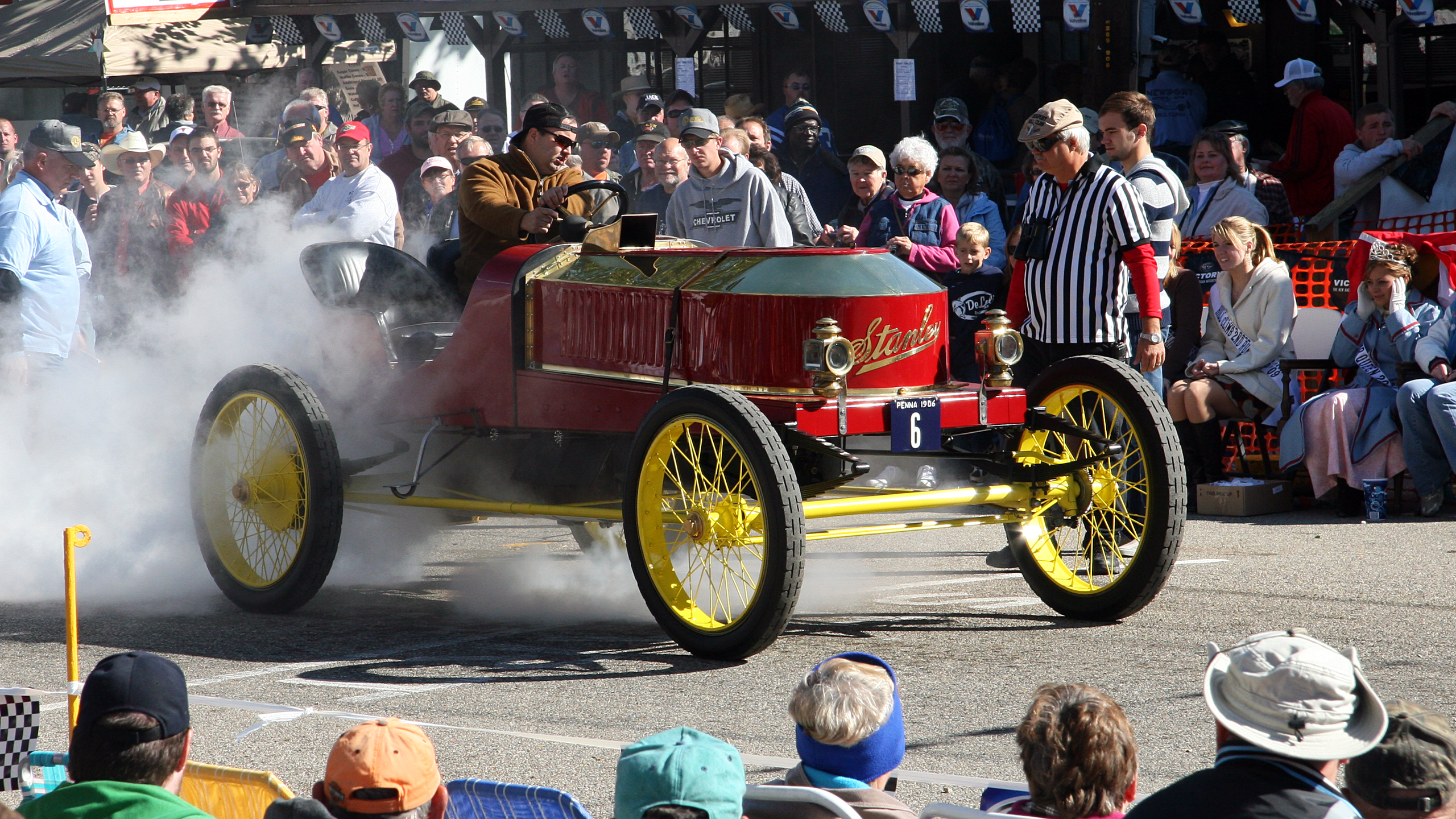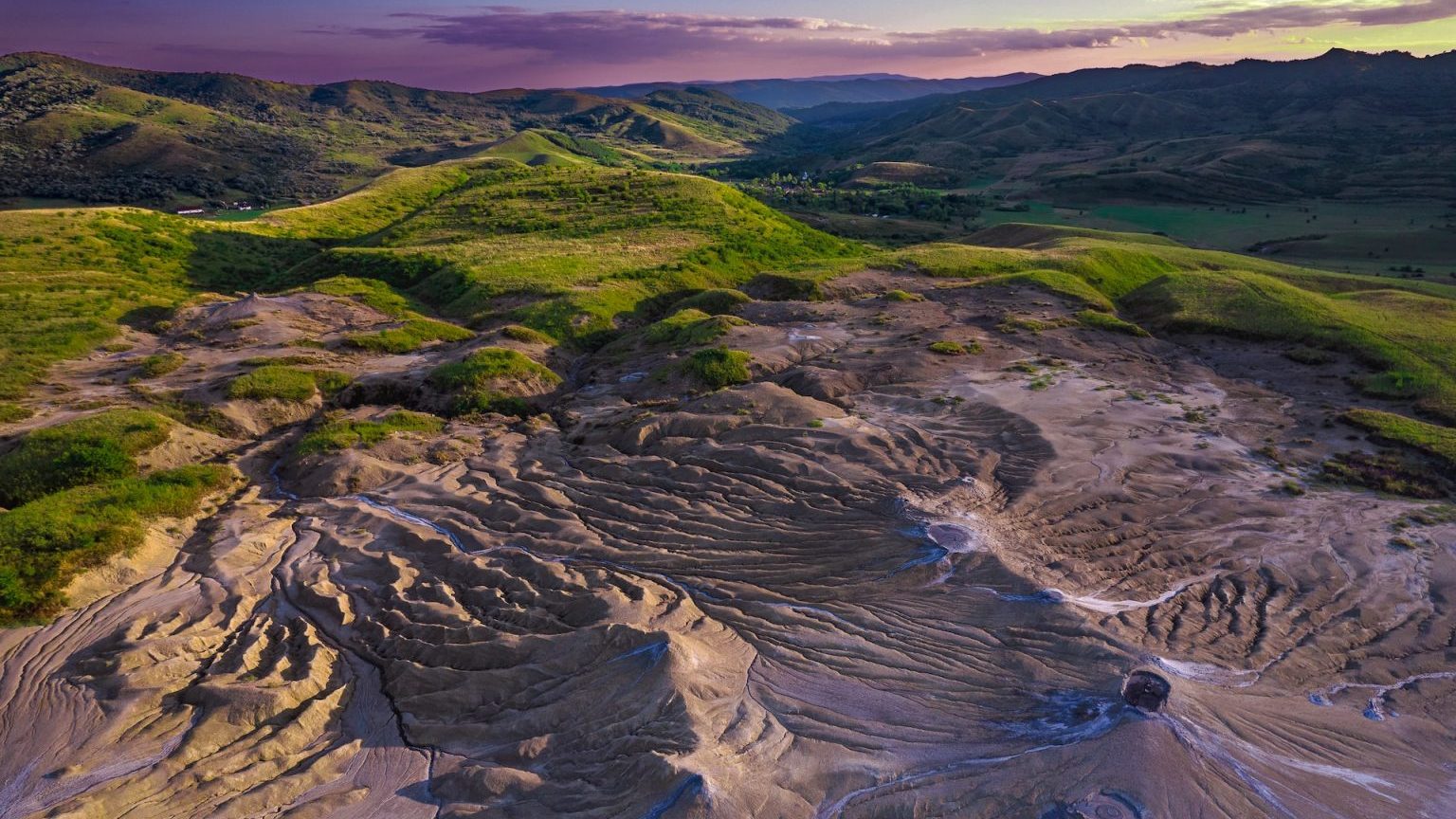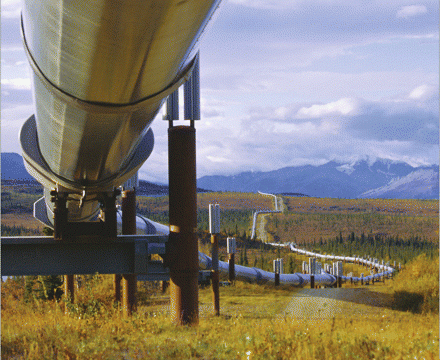Volcanic or not volcanic: The “steaming hills” of Santa Barbara are not volcanic
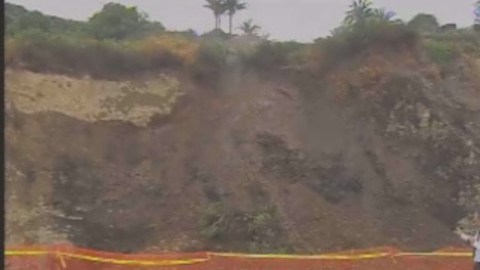
There was some news over the weekend about steaming hills on the Pacific coast of California near Santa Barbara. Now, that might seem very surprising to many as there aren’t any active volcanoes on the coast of California, especially near the Los Angeles basin – however, not all steam coming from the ground is related to magma.
All throughout the world, you can find hot springs and steam coming from heat transferred along fault zones – where rock has experienced brittle failure. These faults are excellent places for heat from within the crust to move towards the surface – and remember, even in non-tectonically active areas, the ground warms at almost 2-3C per 100 m, so it can get hot enough to boil water quite quickly (note that as the lithostatic pressure from rocks overhead goes up as you go down, the boiling point of water goes up as well, but not enough to keep water from boiling underground in many situations). You see hot springs along faults in much of the western U.S., such as in the Oregon or New Mexico (amongst many others), so we know a lot of heat can be transferred along faults.
Now, if you look at a fault/fold map of the area around Santa Barbara (see below), you might notice that the area around Santa Barbara is riddled with faults related mostly to the Transverse Ranges – all prime candidates for transferring heat. This is borne out in the map of heat flow in California, were you can see the red and orange symbols to the north of Santa Barbara (zoom in on the map to get a better view). So, heat is readily available under the area and is being transferred towards the surface.

Fault and fold map of the Santa Barbara area. Red lines are faults – and note the faults that propagate towards the crust near Hope Ranch, the location of the “steaming hills”.
What else do we have near Santa Barbara? Lots of oil and other hydrocarbon deposits in the Monterey Formation, that is what! The area is littered with hydrocarbons that are actively worked – the offshore oil rigs are evidence of that. About 15 miles to the south of Santa Barbara you actually find “tar pits” as well, places where hydrocarbons ooze to the surface. These are the Carpinteria Tar Pits, the lesser-known cousin to the famous La Brea Tar Pits in Los Angeles.
Now, what happens if you combine abundant hydrocarbons and high heat flow? Well, anyone who has lit a BBQ grill would know – combustion. Most of the time this combustion doesn’t happen spontaneously as there isn’t a lot of oxygen in the ground to keep it going. However, if you can get oxygen to the hydrocarbons and then apply heat, you can generate subterranean fires that are very difficult to put out – this is the same as a coal seam fire that might occur in a mine. What does the surface look like during a coal seam fire? Steaming ground with an unpleasant smell (see below).

The steaming hills near Hazard, KY – a coal seam fire that started in 2007.
So, after the first occurrence of these steaming hills near Santa Barbara in 2006, the suggestion was made that this was caused by the ignition of hydrocarbons underground after a landslide exposed the subsurface, allowing for oxygen to penetrate. This combination of landslides followed by heating has happened before in California, back in 2004 about 40 km northeast of Santa Barbara – there is even a Geology paper on the event. Their conclusions:
“Pyrite in the jumbled blocks of the Juncal shale oxidized rapidly when air was introduced during the initial landslide movement. Rapid oxidation of the pyrite, perhaps accelerated initially by microbes, heated the rock enough to ignite dispersed solid carbonaceous matter present in the shale. Combustion of some carbonaceous matter is necessary to provide the 13C-depleted carbon in the CO2 escaping from the slide.”
The ingredients for this recipe for the current “steaming hills” are all right there: abundant faults and elevated heat flow, hydrocarbon deposits throughout the rock strata and water to penetrate the ground to make steam (we are on the coast, remember). No magma, no volcanism needed – just the right combination of events. Remember, Santa Barbara is no where near any of the active or potentially volcanoes of California. Now, this is still speculation as there has been little direct research on the “steaming hills” themselves (which only steam very infrequently), but it does show how easily one can let their imagination run wild hoping for volcanism where it is not possible.
Top left: The steaming hills near Santa Barbara, CA.
{Thanks to @clasticdetritus and @microecos for additional information on this post.}
